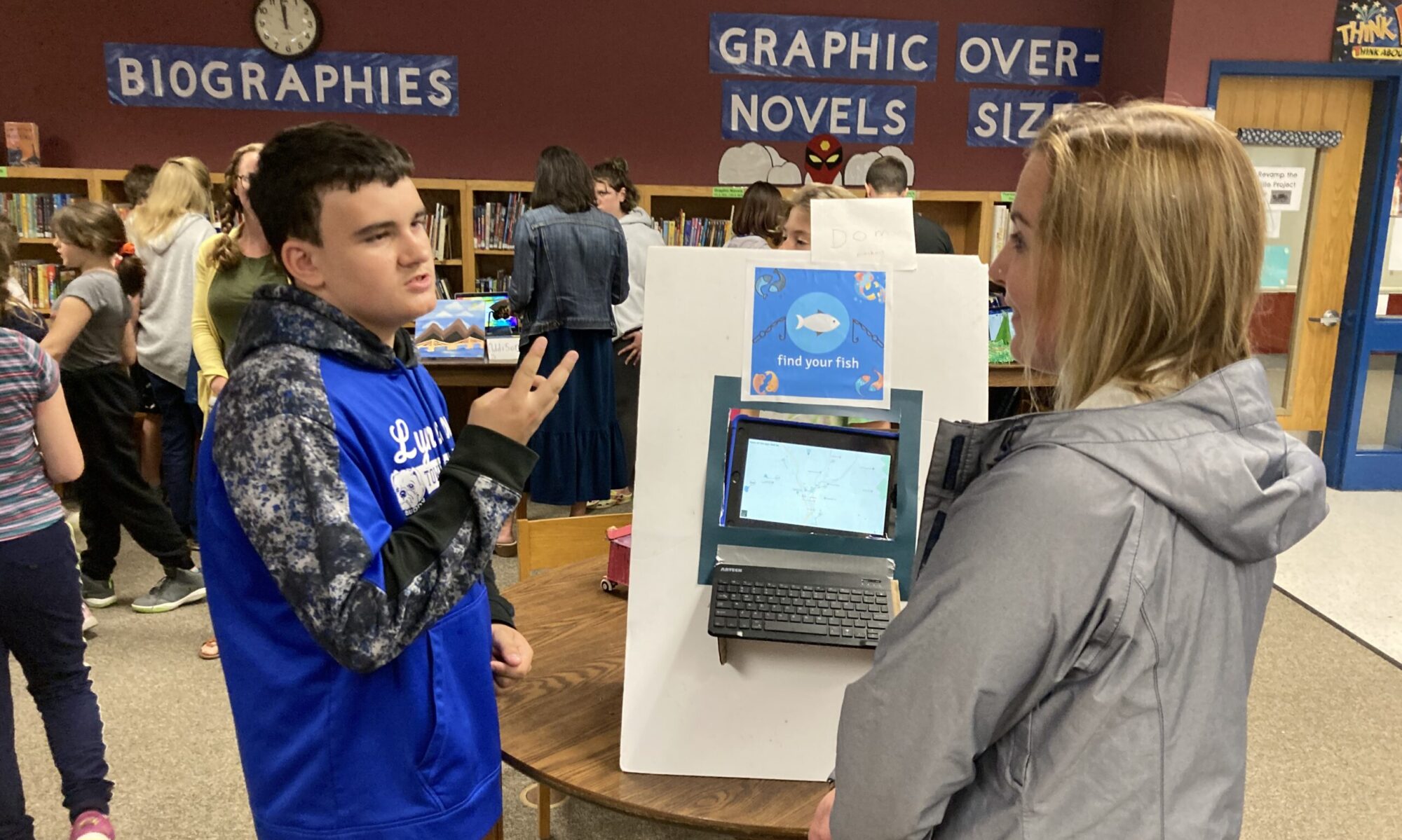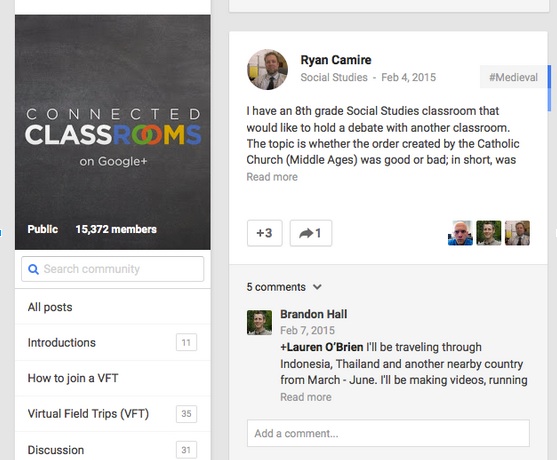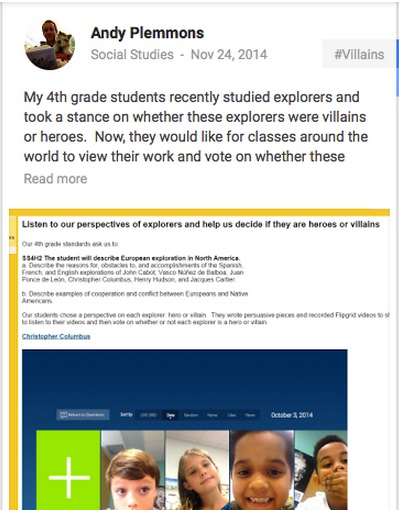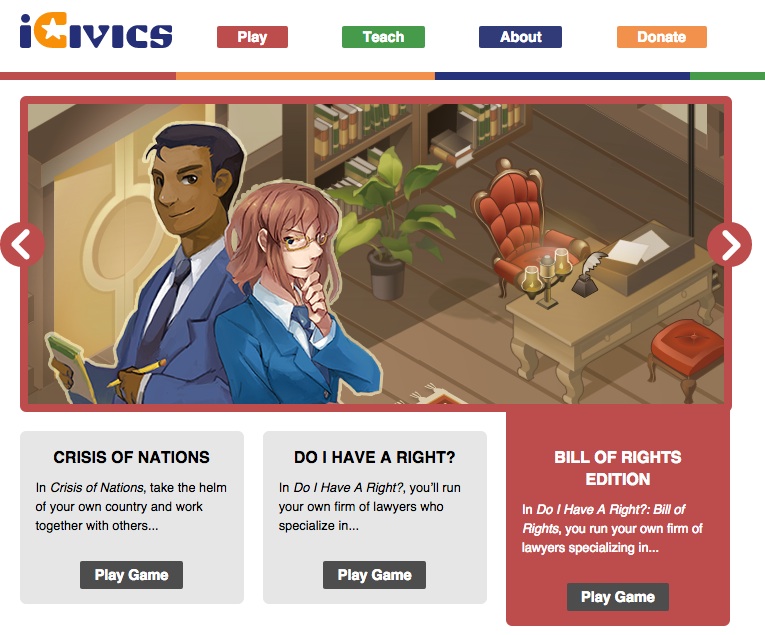What makes an argument worth making?
 Recently, I was working with a colleague about getting students more jazzed to dive deep into building claims with supporting evidence.
Recently, I was working with a colleague about getting students more jazzed to dive deep into building claims with supporting evidence.
My colleague stated:
“To be an argument, there needs to be a sense of “others” who are vying against our argument in ways that excite/worry us about our intellectual flanks. Moreover, to be an argument, one needs to have some skin in the game. Who wants to argue an argument that’s already been made/won, and that all sides know the answer to? In general, “how” questions …elicit procedures/summaries of what is known. “Why” questions generally do a lot better stoking argument.”
I took a few minutes this morning to pull together some resources that might help to create an audience of “others” or that could be used to generate engagement in the claims/evidence making process.
Connecting to a larger audience
Ryan Camire posted to the Google+ Community Connected Classrooms Workshop to generate interest in cross school debates:
And check out this 4th grade teacher using Flipgrid to record and share student arguments. He then posted the Flipgrid video to a Google+ Community to expand the audience:
Gamifying the outcome
Never underestimate the compelling power of healthy competition with your peers– or against yourself. iCivics features simulation games requiring examining evidence and making claims, such as “Do I Have A Right?” which puts students in the role of partner in a law firm specializing in individual rights. Not just that, but the site features a global leaderboard, so students can see how they stack up against other students playing the games. They can also earn — be still my beating heart — badges for game play.
Mind-mapping and Brainstorming Tools
Richard Byrne, over at Free Tech 4 Teachers, recommends 10 terrific mind-mapping and brainstorming tools he suggests can be used to meet CCSS.ELA-Literacy.WHST.6-8.1a:
Introduce claim(s) about a topic or issue, acknowledge and distinguish the claim(s) from alternate or opposing claims, and organize the reasons and evidence logically.
Debate Graph is a good example of mindmaps already created with claims & evidence. But combining any of these strategies seems like a great way to up student motivation in claims, evidence and audience. Now you tell us:
How do you get your students to dig deeper and get invested in the arguments they make?





Increasing student motivation in claims, evidence & audience by @hennesss http://t.co/QnIDM5heYO
Thanks for sharing the work of our students with others.
Thank you for putting your work out to be shared! It’s really exciting stuff!
Thanks for taking a look. I enjoyed joining the #VTed chat.
awesome and wonderful post thanks for sharing.